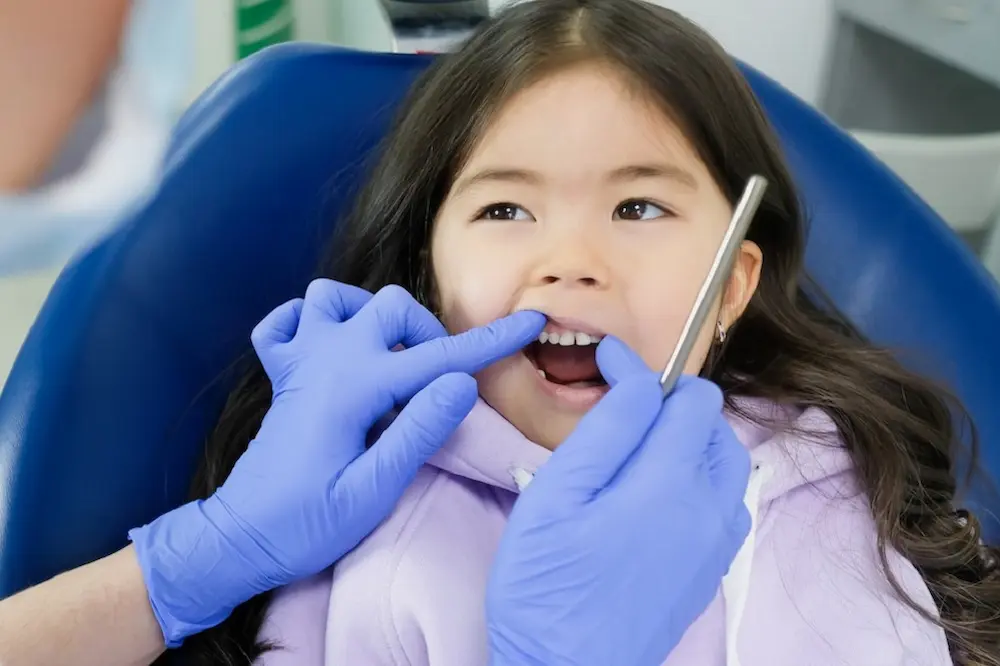
The Importance Of Recognizing Tongue Tie On The Development Of the Upper Jaw
Tongue tie, also known as ankyloglossia, is a condition characterized by an unusually short, thick, or tight membrane that attaches the underside of the tongue to the floor of the mouth. In infants and young children, this condition can significantly affect speech, feeding, and even the development of the upper jaw. The tongue is an essential muscle that plays a vital role in orthodontic development and airway function. In this blog, we will explore the impact of tongue tie on upper jaw development and the measures you can take to treat it.
The Impact Of Tongue Tie On Children
Tongue-tied infants face several challenges while breastfeeding and such conditions can significantly impact their upper jaw development. When a child has a tongue tie, they cannot raise their tongue to the roof of their mouth, which often leads to tongue thrusting. As the child develops, the pressure exerted by the tongue on the upper jaw during swallowing is usually downward, hence providing little to no stimulation to the bone that forms the midface. Consequently, the growth and development of the upper jaw occur in a downward and backward direction, leading to a narrow, set-back dental arch.
Another issue linked with tongue tie is that it can affect the child’s sleep pattern and breathing, leading to an increased risk of sleep apnea, a condition characterized by pauses in breathing or shallow breathing during sleep. When a child has lingual frenulum, it can prevent nasal breathing, which is essential for proper oxygenation during sleep. The restricted tongue movement can hamper the child’s breathing, forcing them to breathe through their mouth, leading to an increase in airway resistance, which affects the development of the upper jaw.
When left untreated, tongue tie can lead to several orthodontic problems, including jaw misalignment, crowded teeth, tooth decay, and even gum disease. Tongue tie can also hinder proper tongue positioning, which plays a crucial role in providing the necessary stimulation to the mandible; this stimulation promotes proper forward growth of the lower jaw, which is a crucial component of healthy orthodontic development.
Conclusion
In summary, tongue tie significantly affects the development of the upper jaw, speech, feeding, and breathing. Seeking early intervention and treatment is crucial for preventing long-term orthodontic issues in children. Parents or guardians should remain vigilant and observe the subtle symptoms of the tongue tie to detect and treat it at an early age. The tongue tie is the reason for several orthodontic issues; proper care and treatment will help prevent severe dental issues and aid in healthy orthodontic development.



